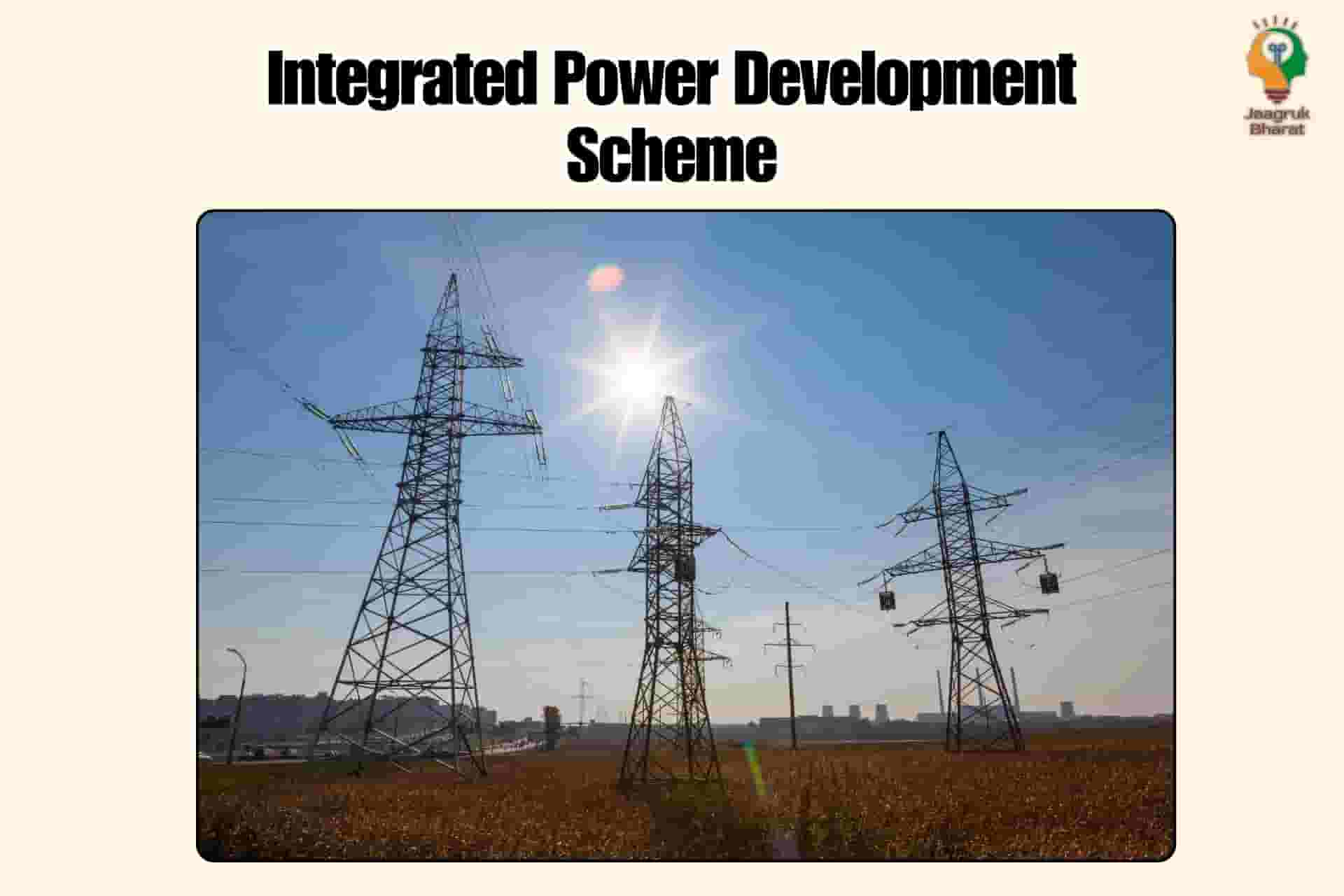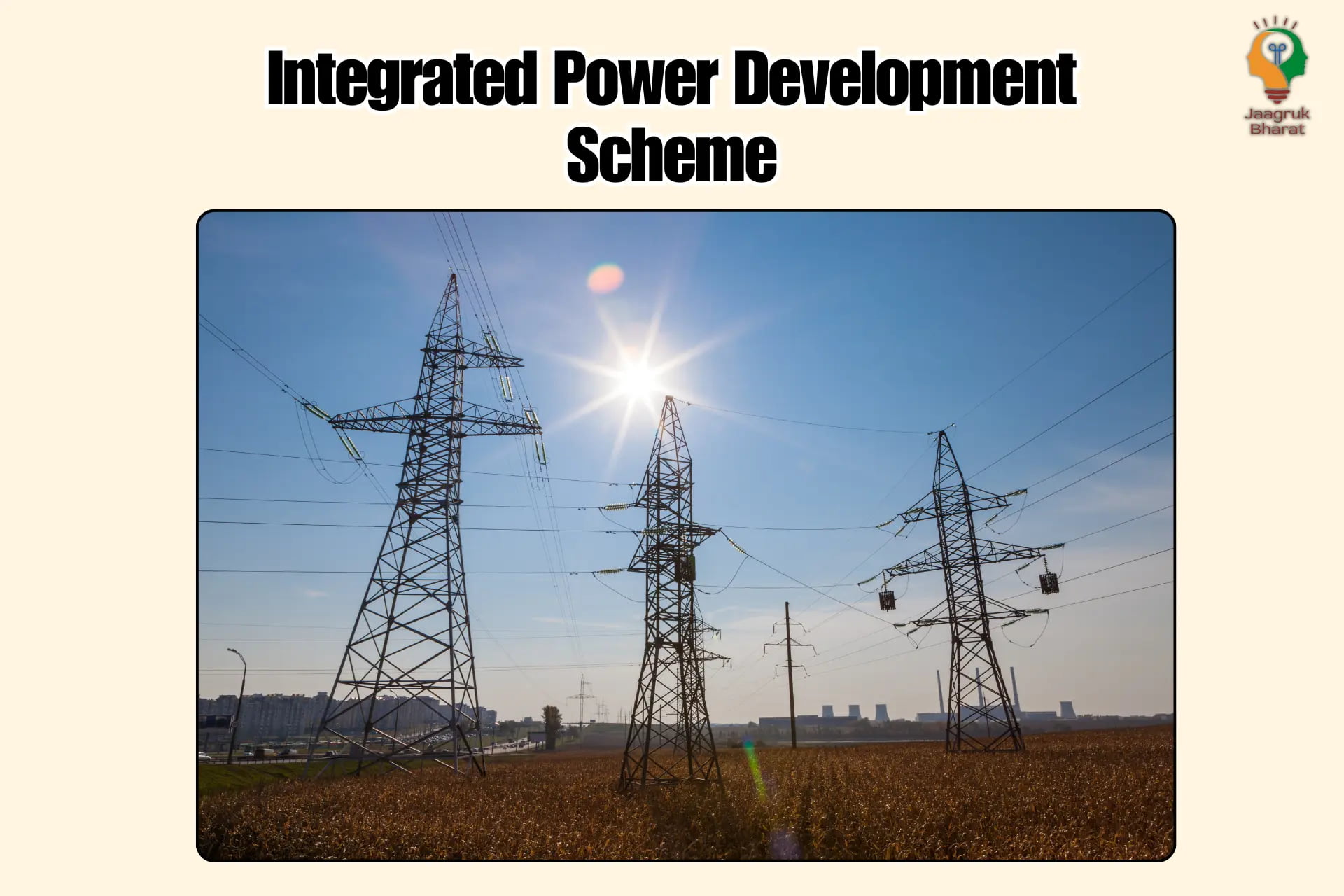Integrated Power Development Scheme: Mapping India’s Power Development
Updated: 12-10-2025 at 6:40 PM
1k


Electricity transmission is an important process for the functioning of households, industries and the entire nation in totality. Many times, due to a lack of appropriate infrastructure and development, electricity losses are incurred in the transmission process. Furthermore, the country has always faced the need for robust infrastructure needed to meet the electricity demands of the country.
To address all these concerns, the government of India introduced the Integrated Power Development Scheme. Let us delve into the details of this scheme.
What Is The Integrated Power Development Scheme?
The Integrated Power Development Scheme (IDPS) is a government scheme aimed at addressing concerns related to power and electric supply. The scheme was launched on December 3, 2014, as a flagship initiative by the Ministry of Power under the Government of India.
The main motive of the scheme is to improve and develop sub-transmission and distribution networks in urban areas, in turn reducing electricity losses due to transmission and enhancing the reliability of transmission systems. The Power Finance Commission is the nodal agency for this govt scheme. It coordinates with state governments and Discoms and ensures effective execution.
The central government scheme provides multiple incentives to its stakeholders. Let us have a look at them!
What Are The Benefits Of The Integrated Power Development Scheme?
The IDPS scheme has the following benefits for its stakeholders:
-
Reduction of Aggregate Technical and Commercial (AT&C) losses.
-
Improvement in the quality and reliability of power supply.
-
Better consumer satisfaction through enhanced infrastructure.
-
Availability of IT-based solutions for problems related to power supply.
-
Financial assistance for distribution companies to make capital expenditures in urban areas.
What Are The Components Of The Integrated Power Development Scheme?
The IDPS electricity scheme seeks to establish a dynamic infrastructure. It has the following components to help it achieve its goals:
-
Strengthening of Sub-Transmission and Distribution Networks: This includes upgrading existing infrastructure to handle increased loads and improve efficiency.
-
Metering: Installation of metres for distribution transformers, feeders, and consumers to ensure accurate billing and reduce losses.
-
IT Enablement: Implementation of IT systems for better management and monitoring of the power distribution network.
-
Smart Metering: Introduction of smart metres to provide real-time data and improve billing accuracy.
-
Gas Insulated Substations (GIS): Establishment of GIS to enhance the reliability and efficiency of the power supply.
-
Real-Time Data Acquisition System (RT-DAS): Implementation of RT-DAS for real-time monitoring and management of the power distribution network.
Conclusion
This govt scheme contributed to a huge jump in India’s position in the ease of doing business index. This scheme will make India future-ready and ensure optimum and sustainable use of our resources.
For information, grievances or queries, contact the IPDS authorities at + 91-11-23456000 or visit the official IPDS scheme website.
Frequently Asked Questions
0
0
1k
0
0
1k Views
0
No comments available





Our Company
Home
About
T&C
Privacy Policy
Eula
Disclaimer Policy
Code of Ethics
Contact Us
Cancellation & Refund Policy
Categories
Women
Insurance
Finance
Tax
Travel
Transport & Infrastructure
Food
Entertainment
Communication
Government ID Cards
E-commerce
Traffic guidelines
Miscellaneous
Housing and Sanitation
Sports
Startup
Environment and Safety
Education
Agriculture
Social cause
Employment
Disclaimer: Jaagruk Bharat is a private organization offering support for documentation and government scheme access. We are not affiliated with any government body. Official services are available on respective government portals. Our goal is to make processes easier and more accessible for citizens.
All Copyrights are reserved by Jaagruk Bharat